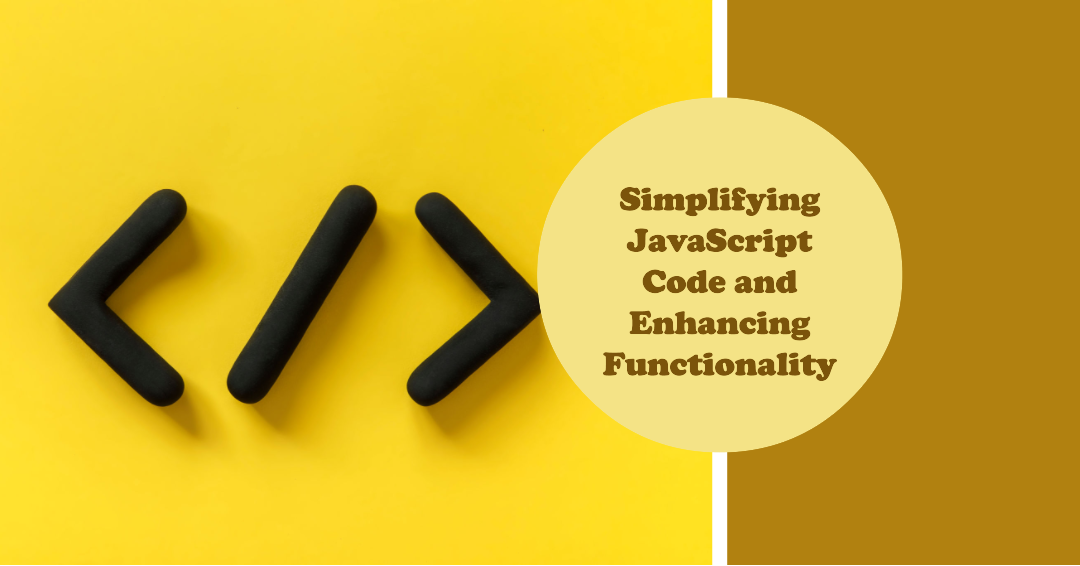Understanding Object-Oriented Programming (OOP) Concepts
 Ankit Bajpai
Ankit Bajpai
Object-Oriented Programming (OOP) is a powerful paradigm that allows developers to model real-world entities and their interactions in software systems. JavaScript, a versatile and widely used programming language, fully supports OOP principles through its implementation of four core pillars: Encapsulation, Abstraction, Inheritance, and Polymorphism. In this blog, we will explore two of these pillars: Encapsulation and Abstraction, and demonstrate their significance with practical industry examples.
1. Encapsulation:
Encapsulation is a fundamental concept in OOP that focuses on bundling data (attributes) and methods (functions) that operate on that data within a single unit, known as an object. The internal workings and details of the object are hidden from the outside world, and access to its properties and methods is controlled through defined interfaces. Encapsulation fosters data protection, ensuring that data integrity is maintained and only valid operations are allowed.
Example: Banking System Consider a banking application that deals with customer accounts. To implement encapsulation, we can create an "Account" class that encapsulates the customer's account details and related operations.
class Account {
constructor(accountNumber, accountHolder, balance) {
this.accountNumber = accountNumber;
this.accountHolder = accountHolder;
this.balance = balance;
}
deposit(amount) {
this.balance += amount;
}
withdraw(amount) {
if (amount <= this.balance) {
this.balance -= amount;
} else {
console.log("Insufficient funds!");
}
}
getAccountDetails() {
return {
accountNumber: this.accountNumber,
accountHolder: this.accountHolder,
balance: this.balance,
};
}
}
In this example, the "Account" class encapsulates the account details (account number, account holder, and balance) and related methods (deposit, withdraw, and getAccountDetails). The internal data, such as the account balance, is protected from direct access from outside the class. Instead, interactions with the account data are controlled through the defined methods, ensuring that only valid operations can be performed.
2. Abstraction:
Abstraction is the process of hiding unnecessary implementation details while exposing only the essential features of an object. It allows developers to create a simplified model of a complex system, making it easier to understand and work with. Abstraction helps in managing code complexity and improves code readability by focusing on the most relevant aspects of an object.
Example: Shape Hierarchy Let's consider a scenario where we want to represent different shapes in a graphical application. We can create an abstract "Shape" class that provides a common interface for various shapes, without getting into the specifics of each shape.
class Shape {
constructor(color) {
this.color = color;
}
getColor() {
return this.color;
}
getArea() {
// Abstract method to be implemented by subclasses
}
}
In this example, the "Shape" class defines a common interface, providing methods to get the shape's color and calculate its area. However, the getArea() method remains abstract and does not have a concrete implementation in the "Shape" class since the calculation of area is specific to each shape (e.g., circle, rectangle, triangle, etc.). Subclasses, such as "Circle," "Rectangle," and "Triangle," will extend the "Shape" class and implement the getArea() method according to their specific formulas.
class Circle extends Shape {
constructor(color, radius) {
super(color);
this.radius = radius;
}
getArea() {
return Math.PI * this.radius * this.radius;
}
}
class Rectangle extends Shape {
constructor(color, width, height) {
super(color);
this.width = width;
this.height = height;
}
getArea() {
return this.width * this.height;
}
}
class Triangle extends Shape {
constructor(color, base, height) {
super(color);
this.base = base;
this.height = height;
}
getArea() {
return (this.base * this.height) / 2;
}
}
The abstraction in this example allows us to work with shapes without worrying about the specific implementation details. We can create instances of different shapes, call their common methods like getColor() and getArea(), and the underlying logic will be handled by each specific shape's implementation. This simplifies the usage and management of shape objects in our graphical application.
Conclusion:
Encapsulation and Abstraction are two essential pillars of Object-Oriented Programming that promote modular and maintainable code. Encapsulation protects data integrity and controls access to object properties, while Abstraction simplifies complex systems by focusing on essential features and hiding unnecessary details. In JavaScript, these concepts empower developers to build robust and scalable applications, making it a valuable tool for modern software development. By understanding and applying OOP principles effectively, developers can create well-structured and flexible code that aligns with industry best practices.
Subscribe to my newsletter
Read articles from Ankit Bajpai directly inside your inbox. Subscribe to the newsletter, and don't miss out.
Written by

Ankit Bajpai
Ankit Bajpai
I am an innovative and observant full stack developer with expertise in JavaScript, React, Redux, Express, and Node. My passion lies in utilizing my analytical and engineering skills to create practical solutions and enhance my knowledge in the field. I thrive in a collaborative team environment and believe in leveraging my skills to contribute to the success of projects. With a strong background in full stack development, I bring a comprehensive understanding of frontend and backend technologies. I am proficient in JavaScript and have hands-on experience with popular frameworks and libraries such as React and Redux. On the backend, I am skilled in working with Express and Node.js to build robust and scalable applications. As a team player, I find great joy in working with people to align our efforts with the business objectives. Collaborative processes inspire me, as they pave the way for innovative ideas to flourish. I embrace the challenges that come with leadership roles, and I thrive when fostering an environment that encourages creativity and open communication. Beyond my technical expertise, I am truly passionate about my work and always eager to connect with like-minded professionals. I believe in continuous learning and strive to stay updated with the latest industry trends and advancements. This drive for growth motivates me to explore new opportunities and push the boundaries of my capabilities. If you are interested in connecting or discussing potential collaborations, I would be delighted to connect and explore how we can mutually benefit from our expertise and experiences.